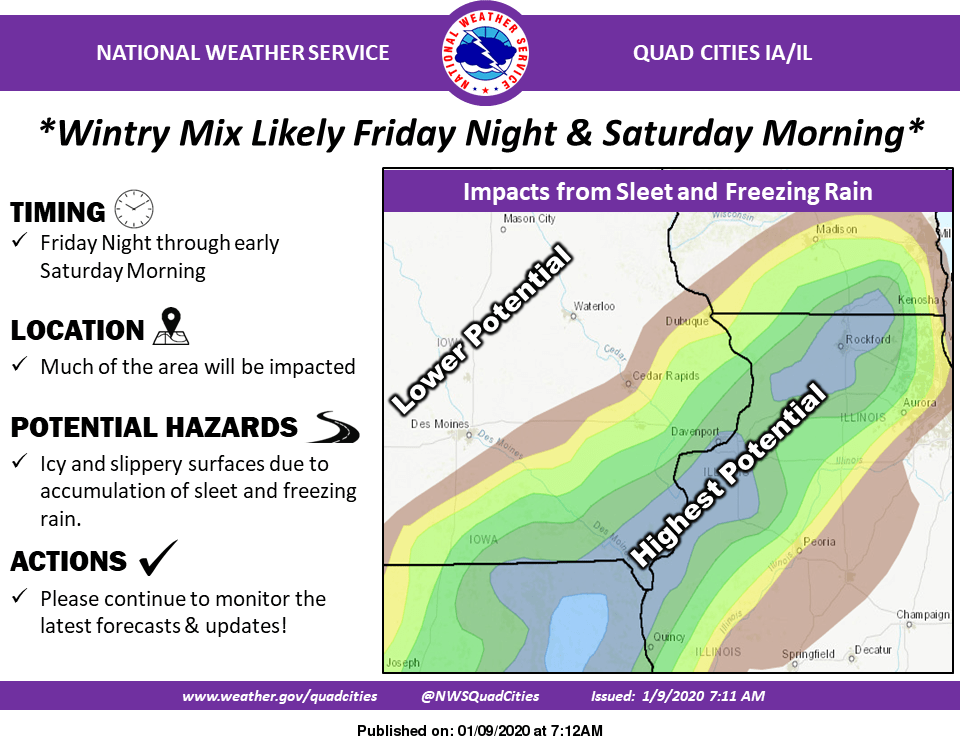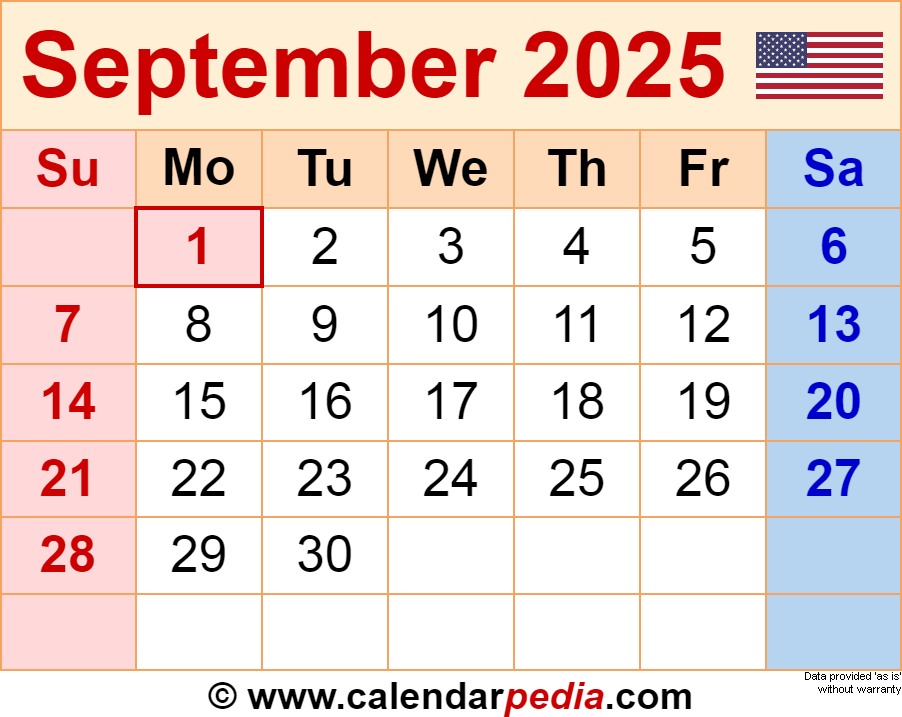Impact Of A Wintry Mix Of Rain And Snow

Table of Contents
Understanding a Wintry Mix: Rain, Snow, Sleet, and Freezing Rain
Understanding the components of a wintry mix is the first step to preparedness. This blend of precipitation types—rain, snow, sleet, and freezing rain—each poses unique hazards.
Defining the Components:
A simple understanding of each precipitation type is key to assessing the potential risks:
- Rain: Liquid water falling from clouds, posing minimal hazard unless accompanied by other wintry mix elements.
- Snow: Frozen water crystals, accumulating and potentially causing travel disruptions and power outages due to weight.
- Sleet: Raindrops that freeze into small ice pellets during their descent, creating extremely slippery surfaces.
- Freezing rain: Rain that freezes upon contact with surfaces that are below freezing, forming a coating of transparent ice (black ice) that is incredibly dangerous.
Formation:
- Rain forms when warm air containing water vapor cools and condenses into droplets.
- Snow forms when water vapor in cold air freezes into ice crystals.
- Sleet forms when rain falls through a layer of freezing air.
- Freezing rain forms when rain falls onto surfaces that are below freezing.
Key Characteristics:
- Rain: Liquid, relatively warm temperature.
- Snow: Solid, crystalline structure, cold temperature.
- Sleet: Solid, icy pellets, cold temperature.
- Freezing rain: Liquid initially, freezing on contact, near-freezing temperature.
Predicting a Wintry Mix:
Accurately predicting a wintry mix is notoriously difficult for meteorologists. The complex interplay of atmospheric conditions makes precise forecasting challenging.
- Temperature Gradients: Slight changes in temperature at different altitudes significantly impact the type of precipitation.
- Atmospheric Pressure: Pressure systems influence the movement and interaction of air masses.
Forecasting a wintry mix is more difficult than predicting solely rain or snow because of the narrow temperature range required for the transition between these precipitation types. Small shifts in temperature can drastically alter the type and intensity of the precipitation. Therefore, relying on reputable weather sources and paying close attention to weather warnings and advisories is paramount.
Impacts on Transportation and Infrastructure
A wintry mix significantly impacts transportation and infrastructure, leading to widespread disruption and potential dangers.
Dangerous Driving Conditions:
Driving during a wintry mix presents numerous hazards:
- Black ice: Nearly invisible, thin sheets of ice forming on roads are extremely treacherous.
- Reduced visibility: Snow and sleet can severely limit visibility, increasing the risk of accidents.
- Slippery roads: All forms of wintry mix precipitation make roads incredibly slippery, increasing stopping distances and making it difficult to maintain control.
Winter Driving Preparation:
- Equip your vehicle with winter tires or tire chains.
- Carry an emergency kit including blankets, extra food and water, a flashlight, and jumper cables.
- Slow down and increase following distance.
- Avoid sudden braking or acceleration.
Infrastructure Disruptions:
The accumulation of ice can cause significant damage and disruption to various aspects of infrastructure:
- Power outages: The weight of ice on power lines can cause them to snap, resulting in widespread power outages.
- Transportation delays: Icy roads and poor visibility lead to significant delays in air, road, and rail travel.
- Water damage: Melting snow and ice can cause flooding and water damage to buildings and infrastructure.
Safety Precautions During a Wintry Mix
Prioritizing personal and home safety during a wintry mix is crucial.
Personal Safety:
- Dress warmly in layers to protect yourself from the cold.
- Limit your time outdoors during a wintry mix.
- Be aware of potential hazards, such as falling ice and slippery surfaces.
- Avoid unnecessary travel.
Emergency Kit: Prepare an emergency kit for both your home and vehicle, including flashlights, batteries, first-aid supplies, non-perishable food, bottled water, blankets, and a battery-powered radio.
Home Safety:
- Prevent frozen pipes by letting cold water drip from faucets and keeping your thermostat at a consistent temperature.
- Have a plan for dealing with a power outage, including alternative heating and lighting sources.
- Clear walkways and driveways of snow and ice to prevent falls.
Conclusion
A wintry mix of rain and snow presents significant challenges, impacting transportation, infrastructure, and personal safety. Understanding the different types of winter precipitation, preparing for potential disruptions, and taking appropriate safety precautions are essential for minimizing risks and ensuring your well-being. Stay informed about weather forecasts, prepare for a rain and snow mix, and understand the impact of a wintry mix to stay safe during this hazardous weather. By taking proactive steps, you can effectively mitigate the dangers and disruptions caused by a wintry mix and navigate these challenging conditions safely.

Featured Posts
-
 Rentedaling Verwacht Abn Amro Positief Over Huizenmarkt
May 21, 2025
Rentedaling Verwacht Abn Amro Positief Over Huizenmarkt
May 21, 2025 -
 North Carolina Report May 9 2025 Key Developments And Analysis
May 21, 2025
North Carolina Report May 9 2025 Key Developments And Analysis
May 21, 2025 -
 Gmas Golden Anniversary Paley Center Celebration
May 21, 2025
Gmas Golden Anniversary Paley Center Celebration
May 21, 2025 -
 Sound Perimeter Understanding Musics Social Bonds
May 21, 2025
Sound Perimeter Understanding Musics Social Bonds
May 21, 2025 -
 Tory Wifes Jail Sentence Stands Following Anti Migrant Remarks In Southport
May 21, 2025
Tory Wifes Jail Sentence Stands Following Anti Migrant Remarks In Southport
May 21, 2025
